5 Nights / 6 Days
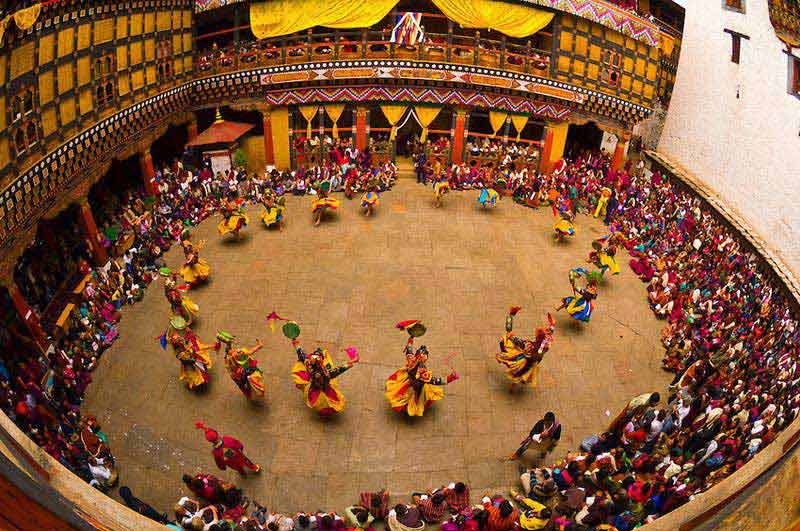
The flight to Paro is one of the most spectacular in entire Himalayas. Whether flying along the Himalayan range from Kathmandu or over the foothills from Kolkatta, the journey offers Bhutan tour image fascinating views and an exciting descent into the Kingdom. Bhutan’s first gift, as you disembark from the aircraft will be cool, clean fresh mountain air. After immigration formalities and baggage collection, you will be met by our representative, and afterwards drive to Thimphu, the capital town of Bhutan with en-route stop at Chuzom, the confluence of Thimphu and Paro rivers. Three different style of stupas ; Tibetan, Nepalese and Bhutanese adorn this confluence. Shortly before reaching Chuzom, you will see on your left Tschogang Lhakhang, ‘the temple of the excellent horse’. It is a private temple, built in 15th century, as the result of visitation from Balaha, the excellent horse, a manifestation of Chenrezig, the compassionate Buddha.
On arrival, in Thimphu check-into the hotel. The capital town of Bhutan and the centre of Government, religion and commerce, Thimphu is a unique city with unusual mixture of modern development alongside ancient traditions. With the population of about 1,00,000 it is perhaps still the world’s only capital city without a traffic light.
After breakfast, sightseeing in Thimphu valley including visit to the following : the National Library, housing an extensive collection of priceless Buddhist manuscripts; the Institute for Zorig Chusum (commonly known as the Painting School) where students undergo a 6-year training course in Bhutan’s 13 traditional arts and crafts. Later visit Textile Museum, which provides insight into Bhutan’s one of the most distinct art form. Also visit Simply Bhutan, a living museum and studio encapsulating the cultural heritage of the Bhutanese people.
After lunch, drive to Sangaygang view point (2685 meters) to have view of whole Thimphu valley and walk through hundreds of colourful prayer flags that dot the hill overlooking the valley.
Then drive to Takin Reserve Centre. The takin, the national animal of Bhutan can be seen here. This particular animal is found only in the Himalayan region.
Changangkha Monastery, is next in itinerary. This monastery is built on a hill overlooking the Thimphu valley. It was built in 15th Century by Lama Phajo Drugom Zhipo. Many parents of Thimphu take their new born babies to this monastery to be blessed by a high lama.
Afterwards visit King's Memorial Chorten, continuously circumambulated by people, murmuring mantras and spinning their prayer wheels. Construction of this landmark was the idea of Bhutan’s third king, His Majesty Jigme Dorji Wangchuk (‘the father of modern Bhutan’) who has wished to erect monument to world peace and prosperity. Completed in 1974 after his untimely death, it serves both as a memorial to the Late King and as a monument to peace.
Conclude the day with visit of Trashichhoedzong. This impressive fortress/monastery houses Secretariat building, the throne room of His Majesty, the King and various government offices. It is also the summer residence of Chief Abbot and central monk body.
After breakfast drive up to Dochu-la pass (3,088m/ 10,130 ft) stopping briefly here to take in the view and admire the chorten, mani wall, and prayer flags which decorate the highest point on the road. If skies are clear, the following peaks can be seen from this pass (left to right): Masagang (7,158m), Tsendagang (6,960m), Terigang (7,060m), Jejegangphugang (7,158 m ), Kangphugang (7,170 m ), Zongphugang (7, 060 m ), a table mountain that dominates the isolated region of Lunana - finally Gangkar puensum, the highest peak in Bhutan at 7,497m.
Bhutan tour image
At Dochula Pass, 108 chortens or stupas known as Druk Wangyal Chortens have been built by Ashi Dorji Wangmo Wangchuk, the eldest Queen Mother. These chortens are built in three layers, the first lowest level layer has forty five chortens, the second has thirty six and the top layer has twenty seven, built around the main chorten.
Then drive further en route visiting Rinchengang Village, a small clustered village in Wangduephodrang, on a hill opposite to where Wangduephodrang Dzong was built before. It is about 20 minutes hike uphill from the nearest road.
Then a walking excursion to Gangtey Nature Trail. This pleasurable walk provides you a nice feel of Phobjikha valley. From the small hilltop overlooking Gangtey Goemba, you head downhill through flower meadows to Semchubara village and from here through beautiful forests and into the open valley. The trail ends at local community school after passing a chorten and Khewa Lhakhang (approx. 5.5km, 2 hours walk).
Post lunch explore fascinating Phobjikha valley. This place is the winter home of black necked cranes that migrate from the arid plains in the north to pass winter in milder and lower climate. The valley boasts two beautiful meandering rivers, Nakay Chhu (Chhu Naap-black water) and Gay Chhu (Chhu Karp-white water).
Also visit Black Neck Crane Information Centre. Situated on the edge of the forest and wetland along the main road of Phobjikha valley, the black-necked crane information Centre has an observation room equipped with high power telescope and spotting scopes for catching the best view of the cranes. The centre also offers display information that outline the natural and cultural history of the area. There is a small gift shop, which sells handicrafts produced by the local people.
Overnight at the hotel in Gangtey .
Morning, after breakfast drive to Punakha. Situated at an altitude of 1300m/4265ft, Punakha is blessed with a temperate climate and owing to its natural drainage from Pho Chhu (male) and Mo Chhu (female) rivers, this valley produces abundant crops and fruits. Until 1955 Punakha served as the capital of Bhutan, and still today serves as the winter residence of the monk body.
Later in the afternoon visit the Punakha Dzong. Built strategically at the junction of Pho Chhu and Mo Chhu rivers in 1637 by Shabdrung Ngawang Namgyal to serve as the religious and administrative centre of the region, Punakha Dzong has played an important role in Bhutan’s history. Damaged by four catastrophic fires and an earthquake, the Dzong has been fully restored by the Fourth King.
Later embark on a short interesting walking excursion to Chimi Lhakhang : Situated on a hillock in the centre of the valley, this temple is dedicated to Lama Drukpa Kuenley, who in the late 15th century used humour, songs and outrageous behaviour to dramatize his teachings and due to this also known as ‘Divine Madman’. This lhakhang is also known as the temple of fertility. It is widely believed that couples who do not have children and wanting one, if they pray at this temple, they are usually blessed with a child very soon.
Adjoining to Punakha, Wangduephodrang known as Sha or ‘east’ to the Bhutanese is an important gateway to the far-flung corners of Bhutan. Wangduephodrang played a crucial role in unifying the western, central and southern districts. Evening explore the valley of Wangduephodrang.
Overnight at the hotel in Punakha / Wangdue.
Return home with sweet memories
High Hill Tours And Travels is one of the trustworthy travel agencies pioneered by Mr. Suraj Rai (Owner) in the year 2012. We are blessed with a meticulous staff that endeavors to fulfill the traveling dreams of our clients. Our office is headquartered in Gangtok (Sikkim, India) and we are engaged in rendering reliable travel solutions to our valuable clientele. Since our inception, we have been delivering high quality touring solutions with efficiency and sheer professionalism. Our team maintains a client-centric approach while conducting the business operations. Moreover, we deal with our clients cordially in order to comprehend the common travel requirements. Therefore, you can count on us for getting a successful tour at any location in India and abroad. Read More...

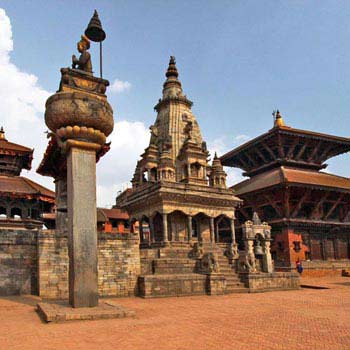 4D/3N
4D/3N
 4D/3N
4D/3N
 3D/2N
3D/2N
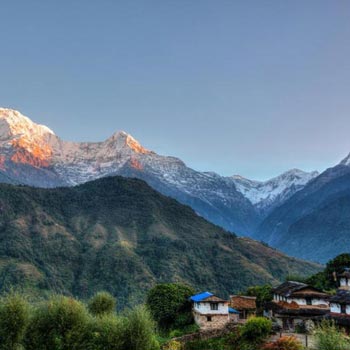 10D/9N
10D/9N
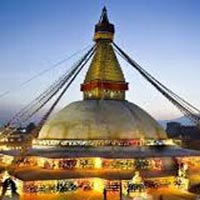 7D/6N
7D/6N
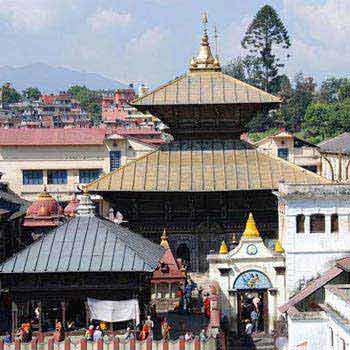 7D/6N
7D/6N
Muktinath Pashupatinath Darshan Yatra Pa..
Gorakhpur - Pokhara - Jomsom - Kathmandu
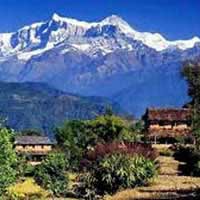 6D/5N
6D/5N
 6D/5N
6D/5N
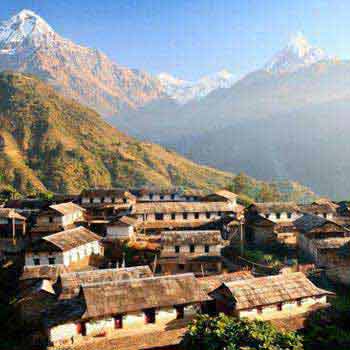 6D/5N
6D/5N
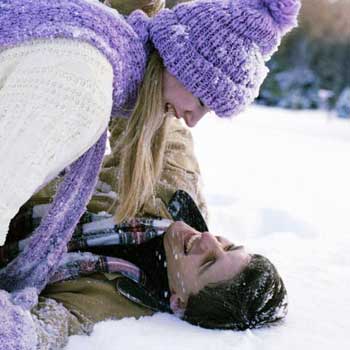 6D/5N
6D/5N
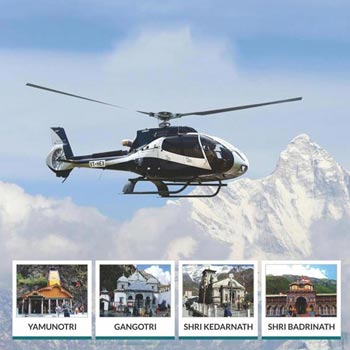 6D/5N
6D/5N
Chardham Yatra By Helicopter Tour
Yamunotri - Gangotri - Kedarnath - Badrinath
 6D/5N
6D/5N
Srinagar,Pahalgam,Gulmarg,Sonamarg,Srina..
Srinagar - Pahalgam - Gulmarg - Sonamarg
 6D/5N
6D/5N
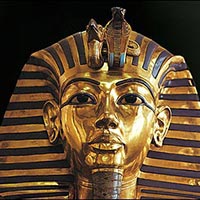 6D/5N
6D/5N
 6D/5N
6D/5N
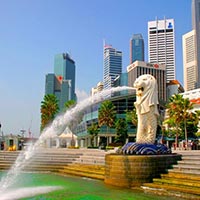 6D/5N
6D/5N
 6D/5N
6D/5N
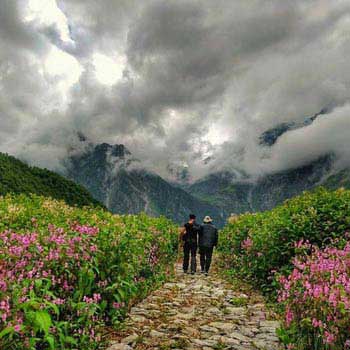 6D/5N
6D/5N
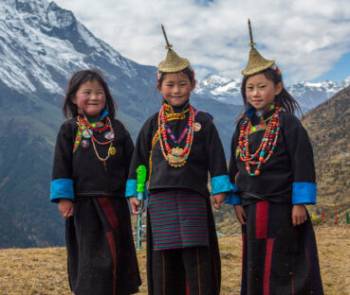 5D/4N
5D/4N
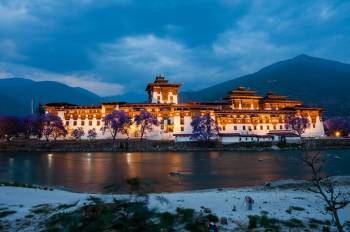 7D/6N
7D/6N
6 Nights/ 7 Days - Bhutan Happiness Tour
Punakha - Bumthang - Paro - Thimphu - Phobjik
 20D/19N
20D/19N
20 Days Land Package Country Tour BHUTAN..
Punakha - Paro - Phuntsholing - Bagdogra - Bumthang - Mongar - Trashigang - Trongsa..
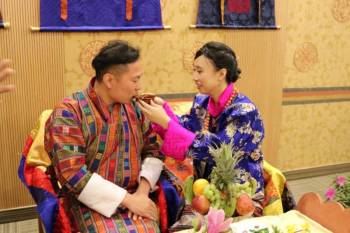 4D/3N
4D/3N
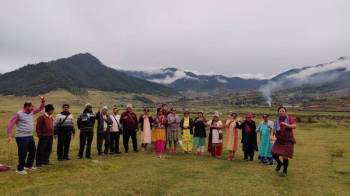 6D/5N
6D/5N
 7D/6N
7D/6N
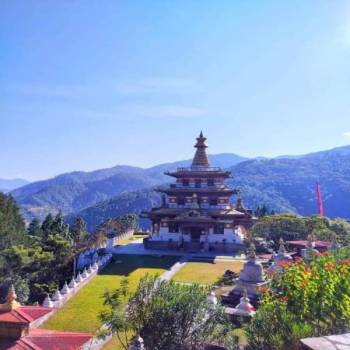 7D/6N
7D/6N
Rimso 7 Days 6 Nights Bountiful Tour fo..
Thimphu - Punakha - Paro - Phuentsholing
 7D/6N
7D/6N
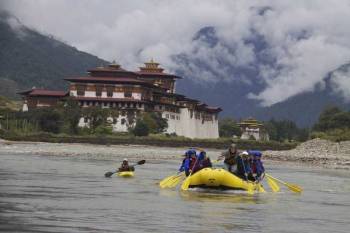 7D/6N
7D/6N